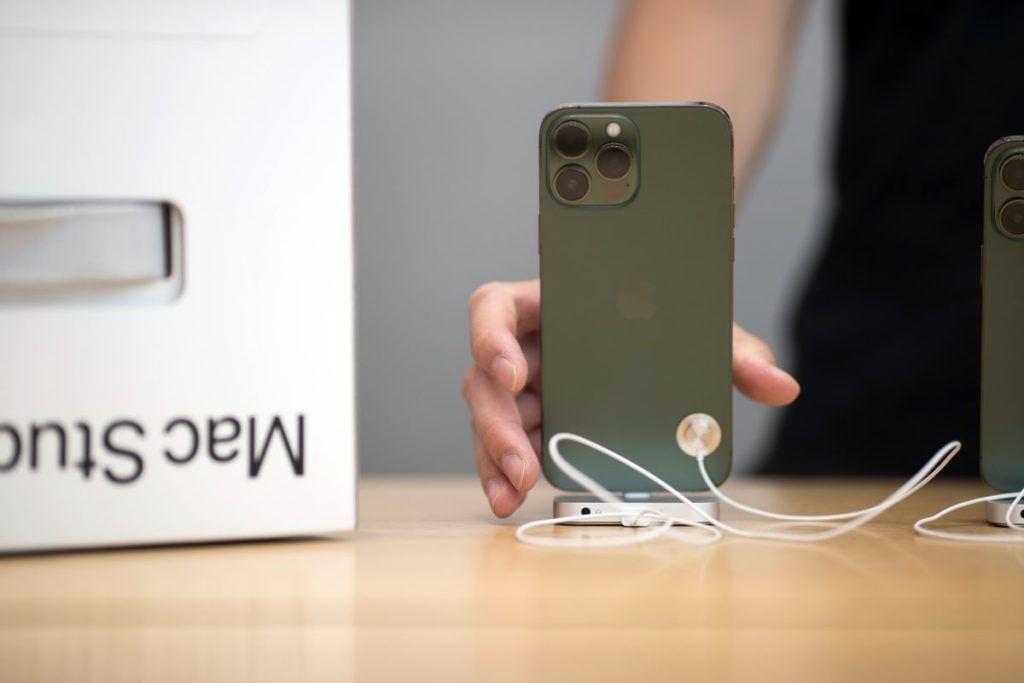According to those with knowledge of the situation, Apple Inc. intends to host a launch event on September 7 to introduce the iPhone 14 range, launching the most recent model of a product that accounts for more than half of its sales.

The release of the new iPhones will mark the beginning of an active fall product season that will also see the release of many new Macs, high-end and low-end iPads, and three different Apple Watch models.
In a perilous period for the industry, Apple is revamping its flagship product. As customers deal with rising prices and an uncertain economy, smartphone sales have started to decline. Apple, though, seems to be doing better than its rivals: The company has informed suppliers that it doesn’t anticipate a decline in iPhone sales after the device did well last quarter.
The Cupertino, California-based tech firm frequently unveils new Apple Watch models in addition to the iPhone. This year, Apple is anticipated to follow its regular practise of releasing the new iPhone in stores roughly a week and a half after it is introduced. Some workers at retail establishments have been instructed to get ready for a significant new product introduction on September 16.
Apple increased by roughly 1% in New York trade to $174.54. The stock is still down 2% for the year, although it has recently recovered from a far worse decline.
In keeping with the strategy it established at the beginning of the pandemic, the business plans to stream the event online rather than have an in-person meeting.
According to Bloomberg News, Apple product launches are highly polished events, and staff members have already started recording the presentation’s many portions.
On the timing of the event, an Apple spokesman declined to say. The company’s plans may alter given that the announcement is still around three weeks away, but Apple typically releases the newest iPhones in the first half of September.
The business invited media and developers to its campus to witness a video of the presentation at its most recent event, which it held in June to unveil its upcoming series of software updates, including iOS 16, iPadOS 16, watchOS 9, and macOS Ventura. That arrangement was a part of Apple’s gradual return to more regular business operations, which also involved going back to the office.
The basic iPhone 14 will resemble the iPhone 13, but the 5.4-inch “small” variant will be dropped, and a 6.7-inch model will be added. For the first time ever, Apple will introduce a non-Pro iPhone with a display that large.
For the iPhone 14 Pro range, the firm is considering more significant upgrades. Apple will remove the notch, or cutout for the front-facing camera, and replace it with a pill-shaped Face ID sensor hole and a hole-punch-sized area for the camera. Users will now have a little more screen real estate. Additionally, the business is upgrading the iPhone 14 Pro’s chip. The A15 chip from the iPhone 13 will still be used in Apple’s standard iPhone 14 devices.
The camera system will see the most substantial upgrades in the iPhone 14 Pro and will appear slightly larger to users. A 48-megapixel wide-angle camera as well as 12-megapixel telephoto and ultrawide-angle sensors will be added to the Pro models. Apple also has plans to make battery life and video recording upgrades.
